Cold Chain Logistics: Ensuring Product Integrity in Temperature-Sensitive Transportation
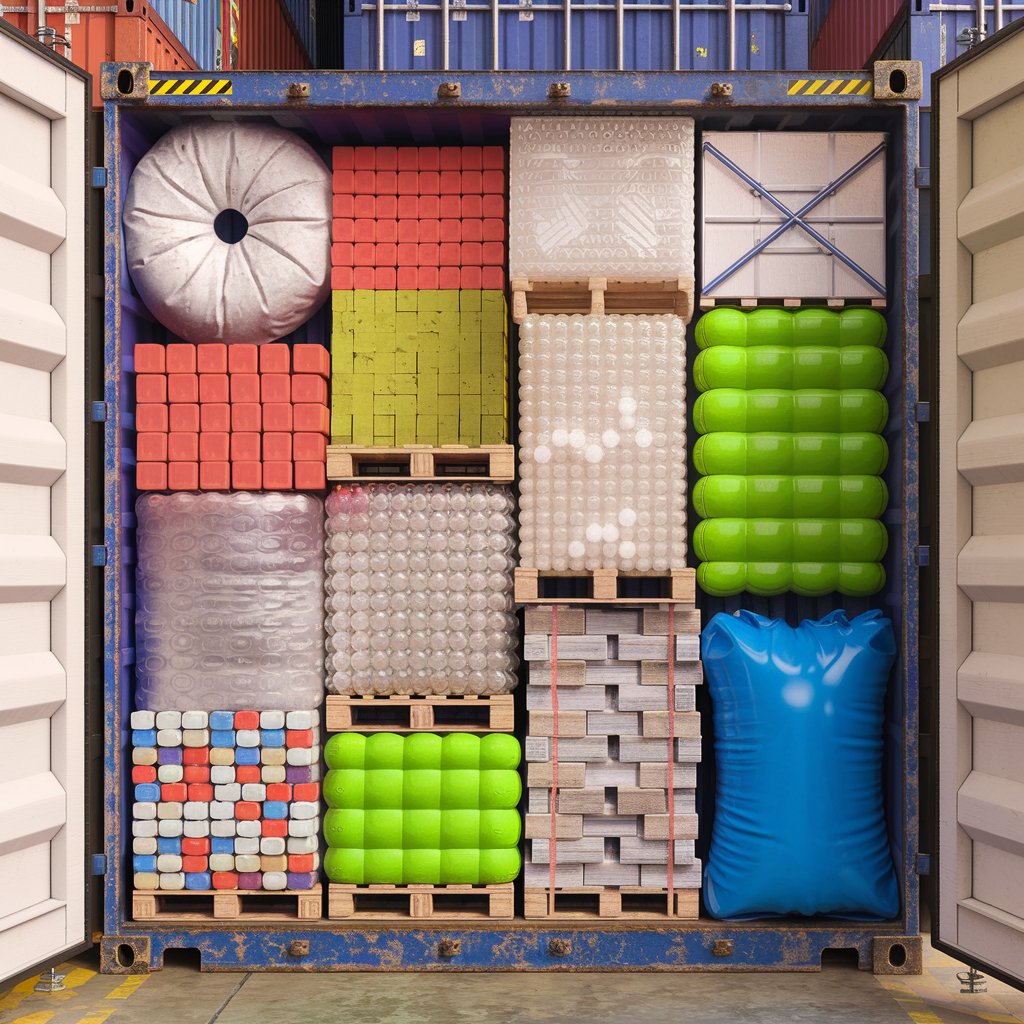
What is Cold Chain Logistics?
Cold chain logistics refers to the process of planning, implementing, and controlling the efficient, effective flow and storage of temperature-sensitive products from point of origin to point of consumption. This specialized supply chain ensures that perishable goods are kept at optimal temperatures throughout transportation, storage, and delivery.
Key Industries Relying on Cold Chain Logistics:
- Pharmaceuticals and Biotechnology
- Food and Beverage
- Chemical
- Floriculture
- Cosmetics and Personal Care
The Importance of Cold Chain Logistics
Understanding the significance of cold chain logistics is crucial for businesses dealing with temperature-sensitive products. Here’s why it matters:
- Product Quality and Safety: Maintaining proper temperature prevents spoilage, degradation, and potential health risks.
- Regulatory Compliance: Many industries have strict regulations regarding the transportation and storage of temperature-sensitive goods.
- Cost Reduction: Effective cold chain management reduces product loss and waste.
- Brand Reputation: Delivering high-quality, safe products enhances customer trust and loyalty.
- Market Expansion: Robust cold chain capabilities allow businesses to reach new markets and customers.
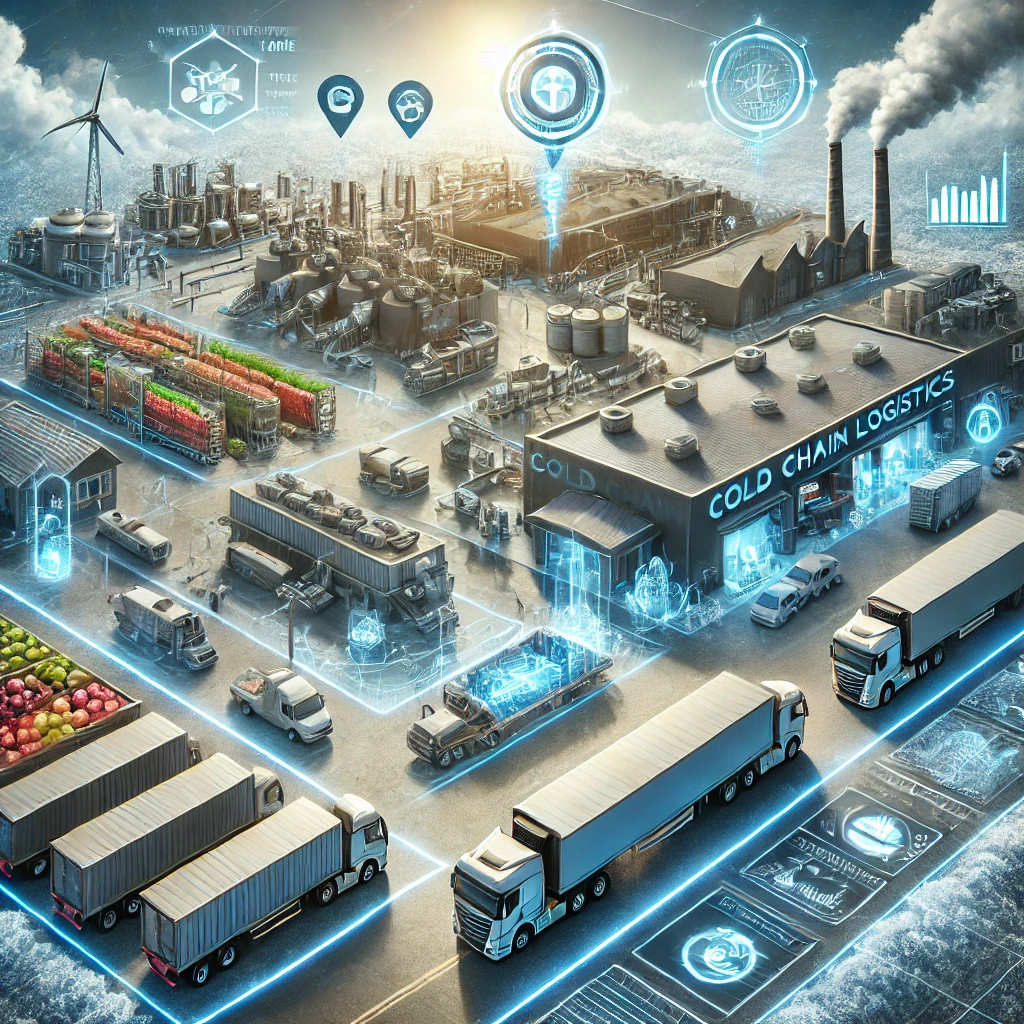
Key Components of Cold Chain Logistics
A successful cold chain logistics operation relies on several interconnected components:
1. Temperature-Controlled Storage
- Refrigerated warehouses and distribution centers
- Cold rooms and freezers
- Temperature-controlled containers and packaging
2. Specialized Transportation
- Refrigerated trucks (reefers)
- Temperature-controlled air freight containers
- Insulated shipping containers for sea freight
3. Monitoring and Tracking Systems
- Real-time temperature monitoring devices
- GPS tracking for location and route optimization
- Data loggers for temperature history
4. Trained Personnel
- Skilled workers in handling temperature-sensitive goods
- Drivers trained in operating refrigerated vehicles
- Quality assurance specialists
5. Cold Chain Software and Technology
- Warehouse management systems (WMS) for inventory control
- Transportation management systems (TMS) for logistics coordination
- Internet of Things (IoT) devices for real-time monitoring
Challenges in Cold Chain Logistics
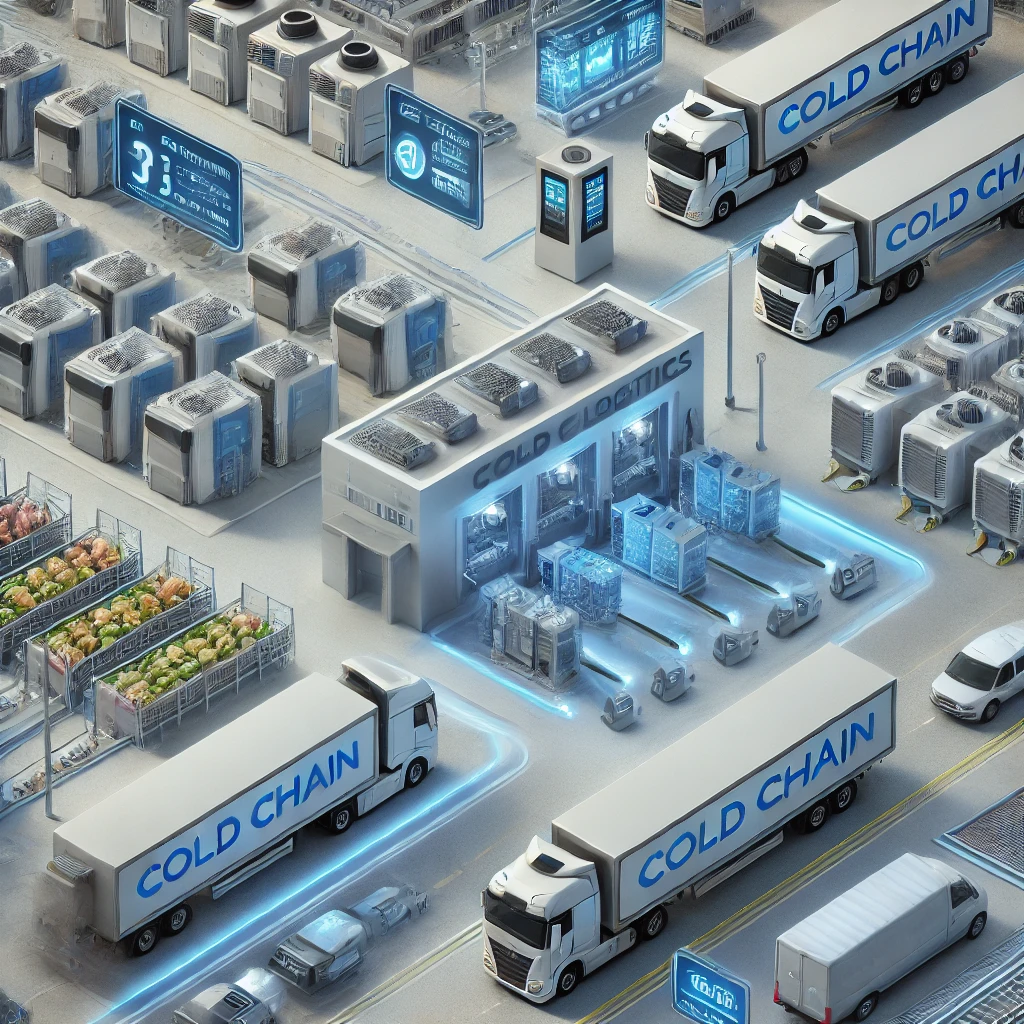
While cold chain logistics offers numerous benefits, it also comes with its own set of challenges:
- Temperature Excursions: Deviations from the required temperature range can compromise product integrity.
- Energy Consumption: Maintaining consistent temperatures requires significant energy use, impacting costs and sustainability.
- Last-Mile Delivery: Ensuring temperature control during the final leg of delivery can be particularly challenging.
- Regulatory Compliance: Meeting various national and international regulations for different products adds complexity.
- Technology Integration: Implementing and integrating new technologies across the supply chain can be costly and time-consuming.
- Global Coordination: Managing a cold chain across different countries and climates requires careful planning and execution.
Best Practices in Cold Chain Logistics
To overcome these challenges and ensure the integrity of temperature-sensitive products, consider implementing these best practices:
1. Implement Continuous Monitoring
Use real-time monitoring systems to track temperature, humidity, and other relevant factors throughout the entire supply chain. This allows for immediate action if any deviations occur.
2. Invest in Quality Packaging
Utilize high-quality, insulated packaging materials designed specifically for cold chain transportation. This includes phase change materials (PCMs) and vacuum-insulated panels (VIPs) for enhanced temperature control.
3. Optimize Route Planning
Use advanced analytics and route optimization software to minimize transportation time and reduce the risk of temperature excursions.
4. Conduct Regular Training
Ensure all personnel involved in the cold chain process are well-trained in proper handling procedures, equipment operation, and regulatory requirements.
5. Perform Risk Assessments
Regularly assess potential risks in your cold chain and develop contingency plans for various scenarios, such as equipment failure or transportation delays.
6. Embrace Technology
Invest in state-of-the-art cold chain technologies, including IoT sensors, blockchain for traceability, and artificial intelligence for predictive maintenance and optimization.
7. Collaborate with Partners
Work closely with suppliers, logistics providers, and customers to ensure seamless integration and communication across the entire cold chain.
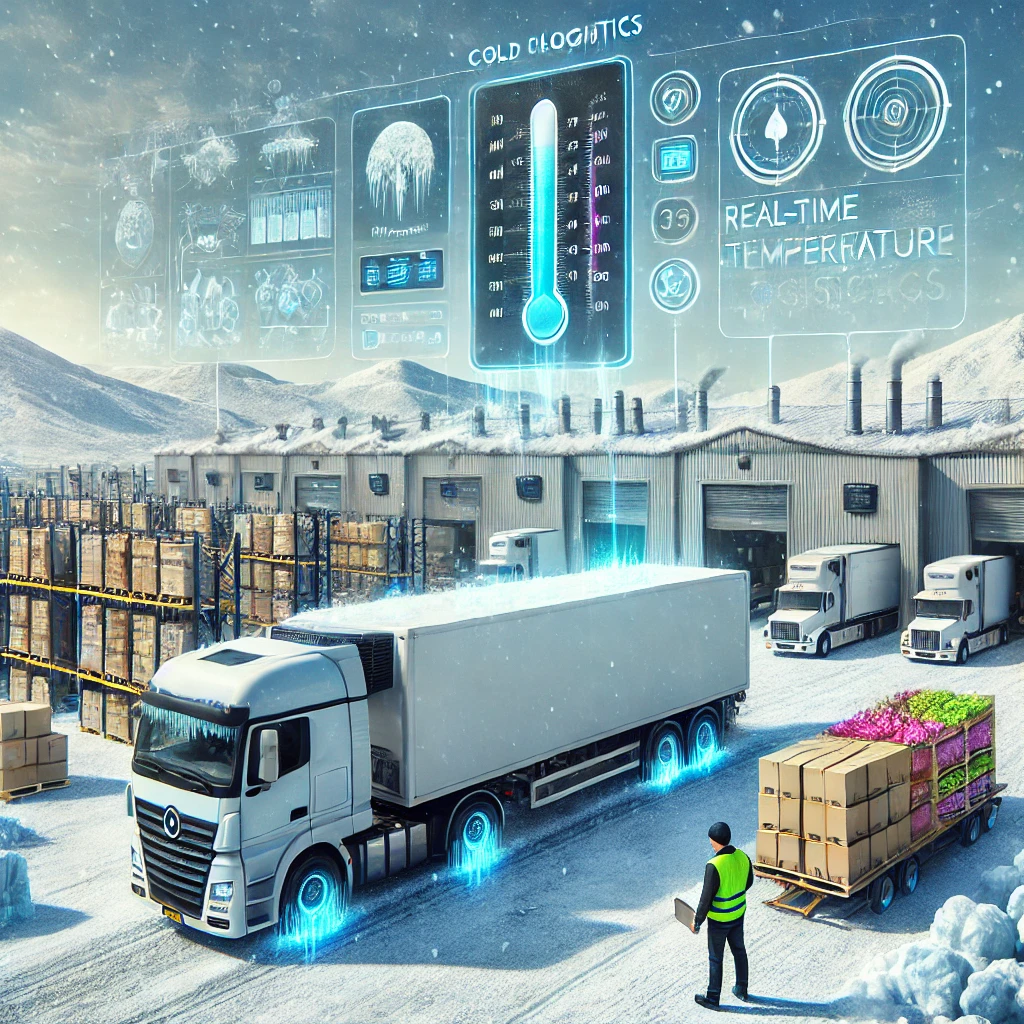
The Future of Cold Chain Logistics
As technology advances and global trade continues to grow, the future of cold chain logistics looks both exciting and challenging. Here are some trends to watch:
- Artificial Intelligence and Machine Learning: Predictive analytics for demand forecasting and route optimization.
- Sustainable Solutions: Eco-friendly refrigerants and energy-efficient cooling systems.
- Blockchain Technology: Enhanced traceability and transparency across the supply chain.
- Automated Warehouses: Robotic systems for efficient handling of temperature-sensitive goods.
- Last-Mile Innovations: New solutions for maintaining temperature control during final delivery, such as smart lockers and temperature-controlled drones.
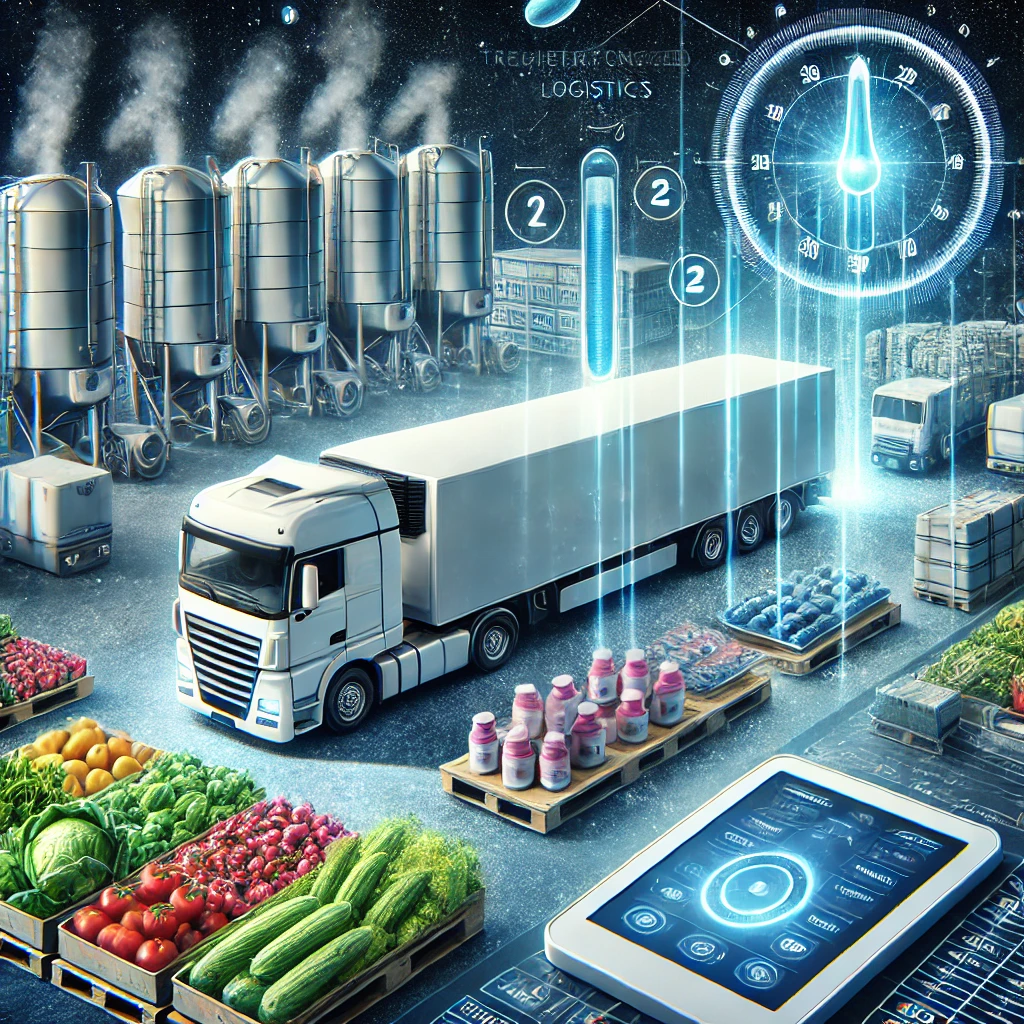
Conclusion: Mastering the Cold Chain for Business Success
Cold chain logistics plays a vital role in ensuring the safety, quality, and efficacy of temperature-sensitive products across various industries. By understanding its importance, addressing challenges, and implementing best practices, businesses can not only comply with regulations but also gain a competitive edge in the market.
As you navigate the complexities of cold chain logistics, remember that success lies in continuous improvement and adaptation. Stay informed about the latest technologies and trends, invest in robust systems and training, and always prioritize the integrity of your temperature-sensitive products.
Whether you’re shipping vaccines that save lives, fresh produce that delights consumers, or cutting-edge chemicals that drive innovation, mastering cold chain logistics is key to delivering value and building trust in today’s global marketplace.
Are you ready to take your cold chain logistics to the next level? Start by assessing your current processes, identifying areas for improvement, and exploring the latest solutions tailored to your industry’s needs. With the right approach, you can turn the challenges of temperature-controlled transportation into opportunities for growth and excellence.
